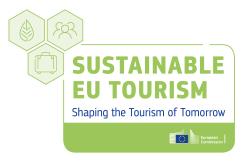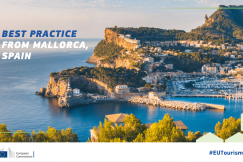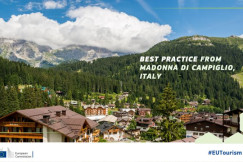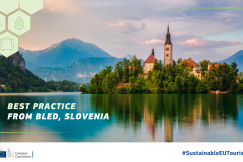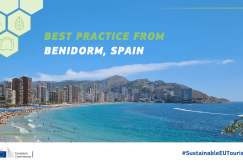Best practices
03 July 2025
Sustainable EU Tourism project - best practice: Middelfart
Best practices
03 July 2025
Coastal, maritime and inland water tourism
Cultural tourism
Ecotourism
+9 more
Login / create an account to be able to react
-
5
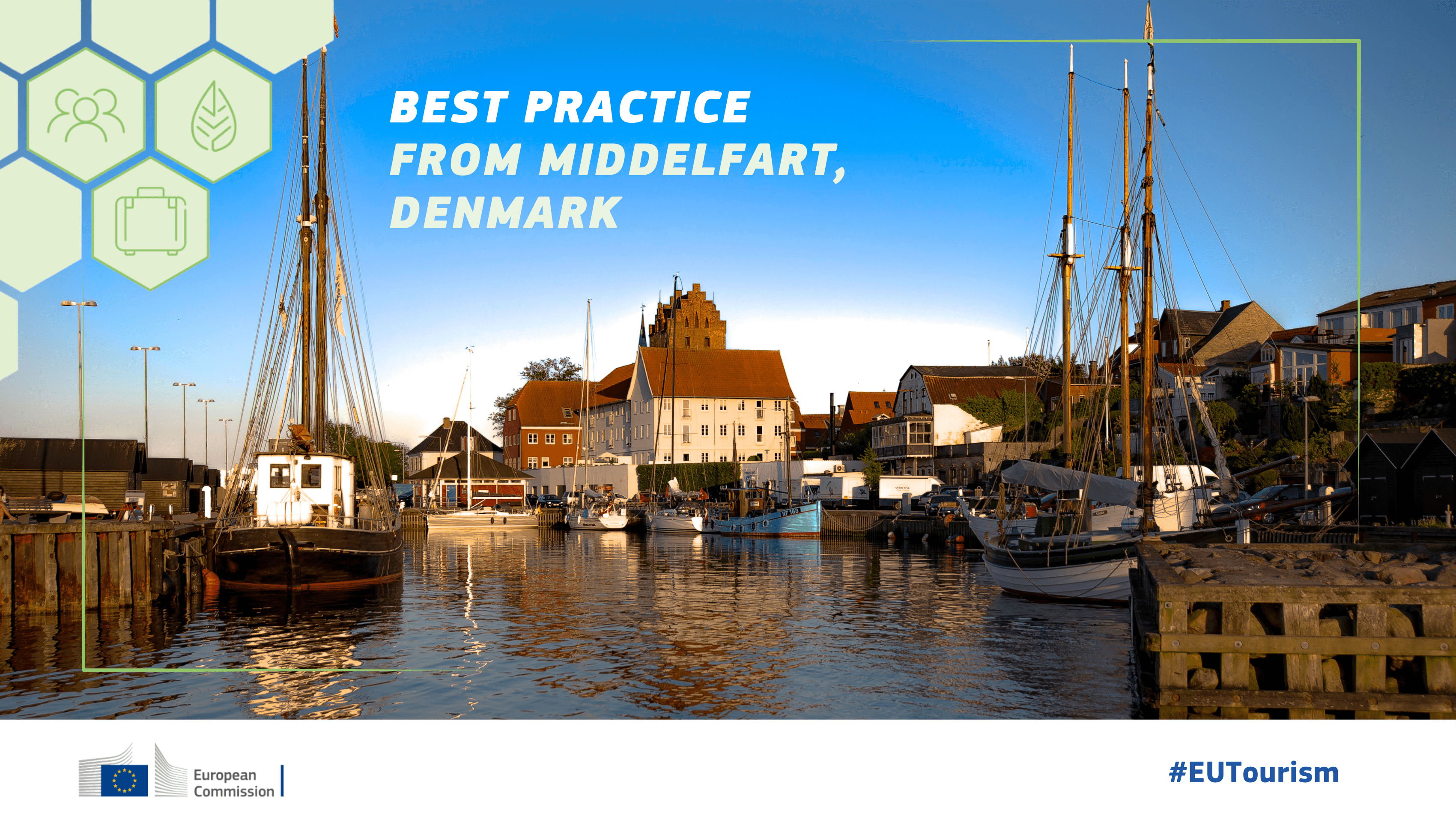
Middelfart, Denmark, is fostering biodiversity protection and environmental awareness by combining education, community engagement, and visitor participation. Through creative initiatives, such as rewarding tourists for conservation efforts, integrating schools as learning hubs, and hosting a climate festival, the destination has strengthened local support and inspired sustainable behaviour in tourism.
Topics
Denmark
Destination Management & Marketing Organisations
Local Authorities
-
Specific types of tourism
-
-
Coastal, maritime and inland water tourism
-
Cultural tourism
-
Ecotourism
-
MICE tourism
-
-
Transition Pathway Strategic Areas
-
-
Best practices, peer learning and networking
-
Circularity of tourism services
-
Governance of tourism destinations
-
Well-being of residents
-
-
Business activities
-
-
Activities of associations and other organisations supporting tourism
-
Festivals, cultural and entertainment activities
-
Gardens and nature reserves activities
-
Other
-
Share
Middelfart, Denmark, has been recognised as a best practice by the Sustainable EU Tourism project for its strong focus on biodiversity conservation and community involvement in environmental education.
Located on the island of Funen and known for its marine wildlife - particularly harbour porpoises in the Little Belt - Middelfart recorded approximately 600,000 overnight stays in 2022, mostly from domestic tourism.
However, increased tourism activities - especially from camping, cruises, and second homes - have caused biodiversity loss and tensions among residents. In response, the destination launched several innovative solutions to protect its aquatic ecosystems and foster shared responsibility among locals and visitors. A standout initiative involves repurposing the Vestre Skole Primary School as a public learning hub after hours, offering climate and conservation information and acting as a meeting point for both tourists and residents.
Tourists are also directly engaged in conservation efforts. For example, porpoise sightings are reported to a research fund, which triggers donations toward species protection. Tourists receive discounts on water sports when participating in waste collection, and crab hunting tours help manage crab overpopulation while teaching visitors how to prepare local dishes.
Education is further reinforced through an annual three-day climate festival, nature excursions, and QR-coded information boards placed throughout the area. Special ambassador programmes also involve children in learning about conservation.
Middelfart demonstrates how destinations can use inclusive, creative, and low-barrier initiatives to build a tourism model that protects local biodiversity while strengthening community pride.
For more details on the key challenges the destination has faced, and the solutions implemented to address them, please refer to the attached document.
#Destination management #Biodiversity #Sustainable tourism #Community engagement #Climate action #Responsible travel #Innovation in tourism #Tourism development
Documents
Comments (0)
Related content
See also
-
14
Sustainable EU Tourism - Key challenges and best practices
- Categories
- Coastal, maritime and inland water tourism Cultural tourism Ecotourism +64 more
-
11
Sustainable EU Tourism project - best practice: Bled
- Categories
- Ecotourism Mountain tourism Rural tourism +8 more
-
20
Sustainable EU Tourism project - best practice: Benidorm
- Categories
- Cultural tourism Gastronomy tourism Health and medical tourism +8 more


